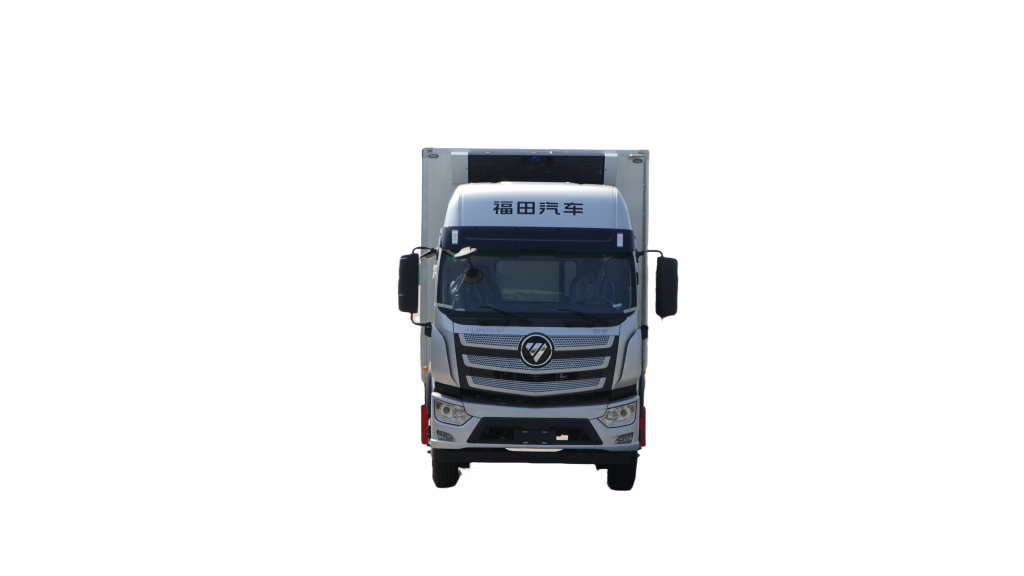Enhancing Maneuverability with Truck-Mounted Cranes

Introduction
Truck-mounted cranes have become an essential tool in various industries due to their versatility and efficiency in lifting and moving heavy loads. These cranes are mounted on trucks, allowing them to be easily transported to different job sites. One key aspect that can greatly impact the performance and usability of a truck-mounted crane is its maneuverability. In this article, we will explore the importance of enhanced maneuverability in truck-mounted cranes and how advancements in technology have led to the development of cranes that are more agile, responsive, and efficient.
Understanding https://www.worktruckmaker.com/2423/ -Mounted Cranes
Truck-mounted cranes are a type of mobile crane that is mounted on a truck chassis. This configuration offers several advantages, including the ability to transport the crane to various job sites without the need for additional equipment. These cranes are commonly used in construction, transportation, and other industries where lifting and moving heavy loads are required.
One of the key features of truck-mounted cranes is their telescopic boom, which can extend to reach different heights and distances. The crane is controlled by an operator who uses hydraulic controls to manipulate the boom and lift heavy loads. The stability of the crane is ensured by outriggers that are deployed to provide additional support when lifting heavy loads.
Importance of Maneuverability
Maneuverability is a crucial factor in the performance of a truck-mounted crane. A crane with enhanced maneuverability can navigate through tight spaces, position itself accurately, and operate efficiently in various working conditions. Improved maneuverability not only increases the productivity of the crane but also enhances safety by reducing the risk of accidents and collisions.
Enhanced maneuverability allows operators to work more efficiently, saving time and effort in positioning the crane for lifting operations. This is particularly important in construction sites or other job sites where space is limited and there are obstacles that need to be navigated around. A crane with good maneuverability can access hard-to-reach areas and perform tasks with precision and control.
Advancements in Technology
Advancements in technology have played a significant role in enhancing the maneuverability of truck-mounted cranes. Manufacturers have introduced innovative features and systems that improve the agility, responsiveness, and overall performance of these cranes. Some of the key technological advancements that have contributed to enhanced maneuverability include:

1. Variable Steering Modes: Modern truck-mounted cranes are equipped with variable steering modes that allow operators to adjust the steering characteristics based on the working conditions. By selecting the appropriate steering mode, operators can improve the agility and maneuverability of the crane, making it easier to navigate through tight spaces and challenging terrain.
2. Electronic Control Systems: Electronic control systems have replaced traditional hydraulic controls in many modern truck-mounted cranes. These systems offer precise control over the crane's movements, allowing operators to perform complex lifting operations with ease. Electronic control systems also provide real-time feedback and diagnostics, enabling operators to monitor the crane's performance and make adjustments as needed.
3. Telematics and Remote Monitoring: Telematics technology enables remote monitoring and management of truck-mounted cranes from a centralized location. Operators can track the crane's location, performance, and maintenance status in real-time, allowing for proactive maintenance and troubleshooting. Telematics systems also provide data analytics and reporting capabilities that help improve operational efficiency and safety.
4. Enhanced Safety Features: Safety is a top priority in crane operations, and manufacturers have introduced enhanced safety features to improve the overall safety of truck-mounted cranes. These features include collision avoidance systems, load monitoring sensors, and emergency stop mechanisms that help prevent accidents and protect both the operator and the surrounding environment.
Case Studies
Let's take a look at two case studies that highlight the importance of enhanced maneuverability in truck-mounted cranes:
Case Study 1: Construction Site A
In Construction Site A, a new building project required the installation of heavy structural components in tight spaces with limited access. The contractor decided to use a truck-mounted crane with enhanced maneuverability to perform the lifting operations. Thanks to the crane's variable steering modes and electronic control systems, the operator was able to position the crane precisely and safely lift the components into place. The enhanced maneuverability of the crane saved time and effort, allowing the construction project to stay on schedule and within budget.
Case Study 2: Industrial Facility B
Industrial Facility B needed to replace a large piece of equipment located in a confined area within the facility. A truck-mounted crane with telematics and remote monitoring capabilities was used to perform the lifting operation. The telematics system provided real-time data on the crane's position, load capacity, and performance, enabling the operator to execute the lift with precision and efficiency. The remote monitoring feature allowed maintenance personnel to track the crane's condition and schedule preventive maintenance, ensuring the crane's reliability and safety.
Conclusion
Enhanced maneuverability is a key factor in the performance and usability of truck-mounted cranes. Advancements in technology have led to the development of cranes that are more agile, responsive, and efficient, allowing operators to work more effectively and safely in various working conditions. By investing in truck-mounted cranes with enhanced maneuverability, industries can improve productivity, reduce downtime, and enhance safety in lifting operations. As technology continues to evolve, we can expect to see further innovations that will further enhance the maneuverability of truck-mounted cranes and drive improvements in the industry as a whole.
